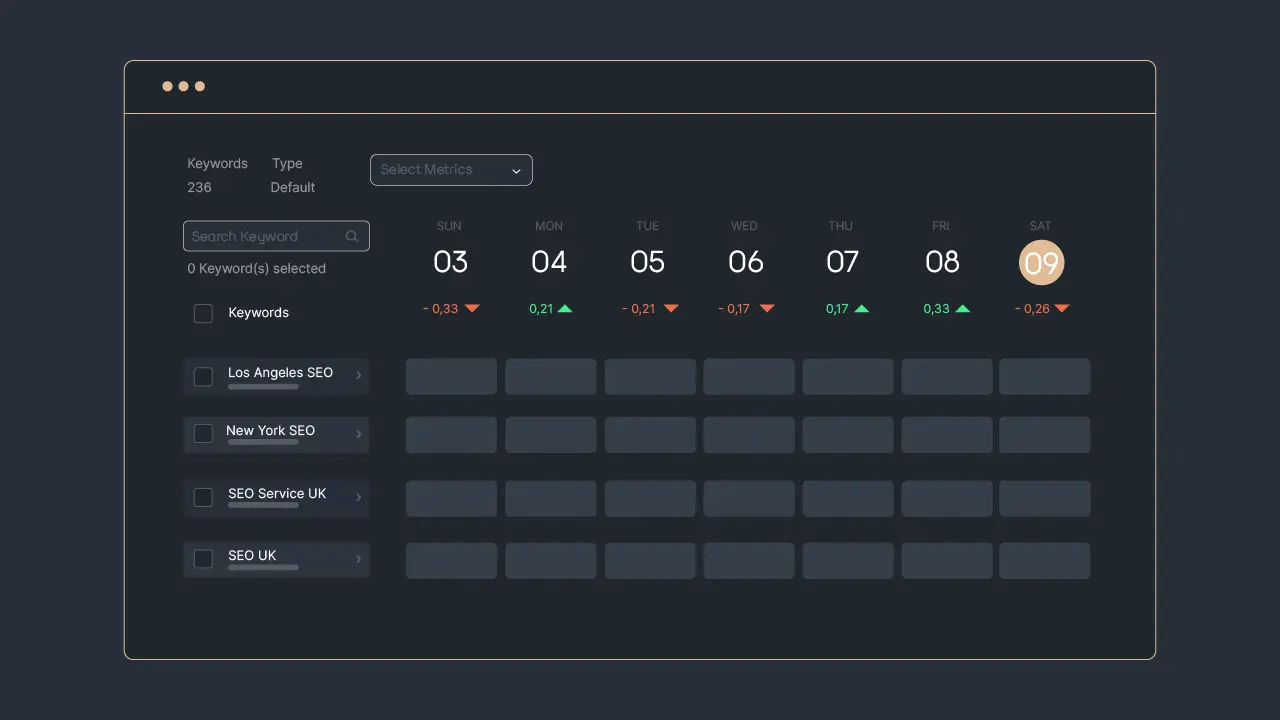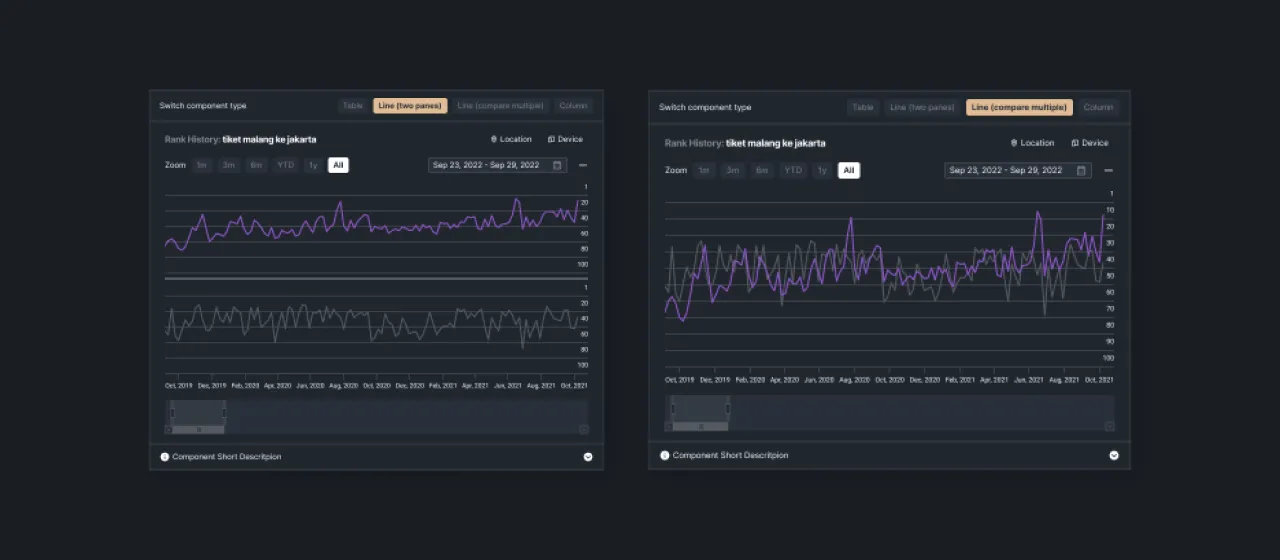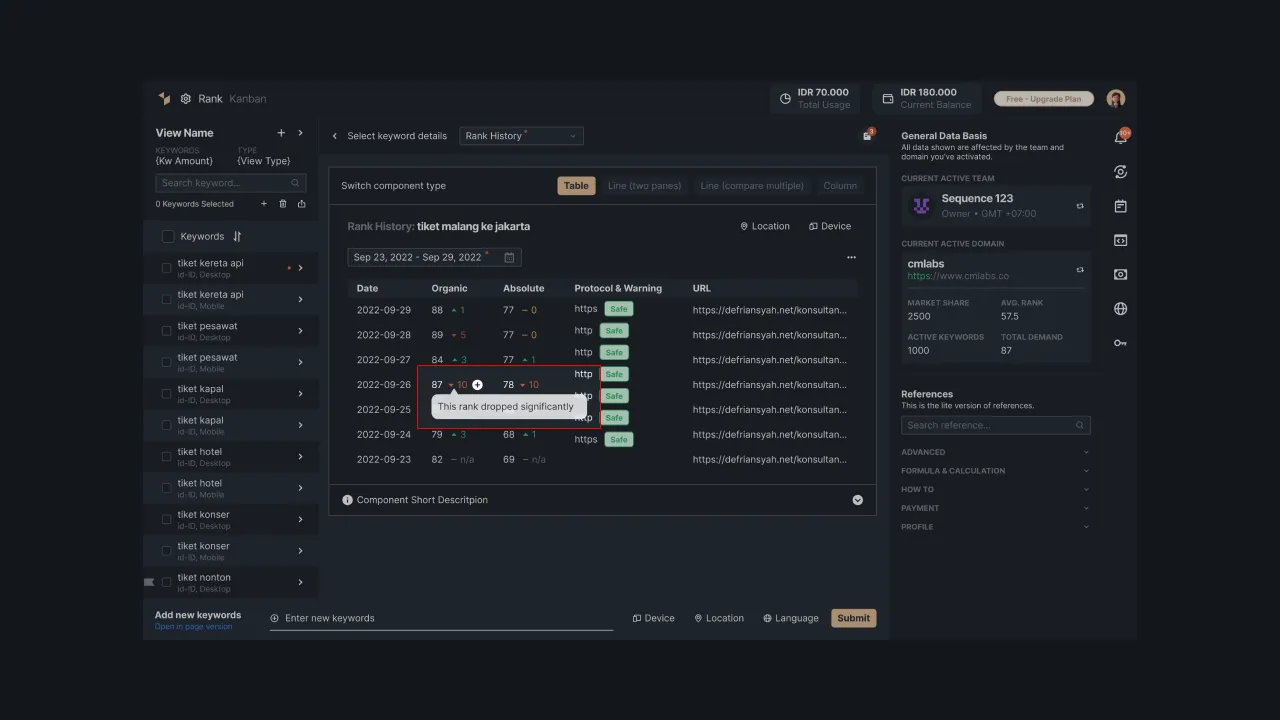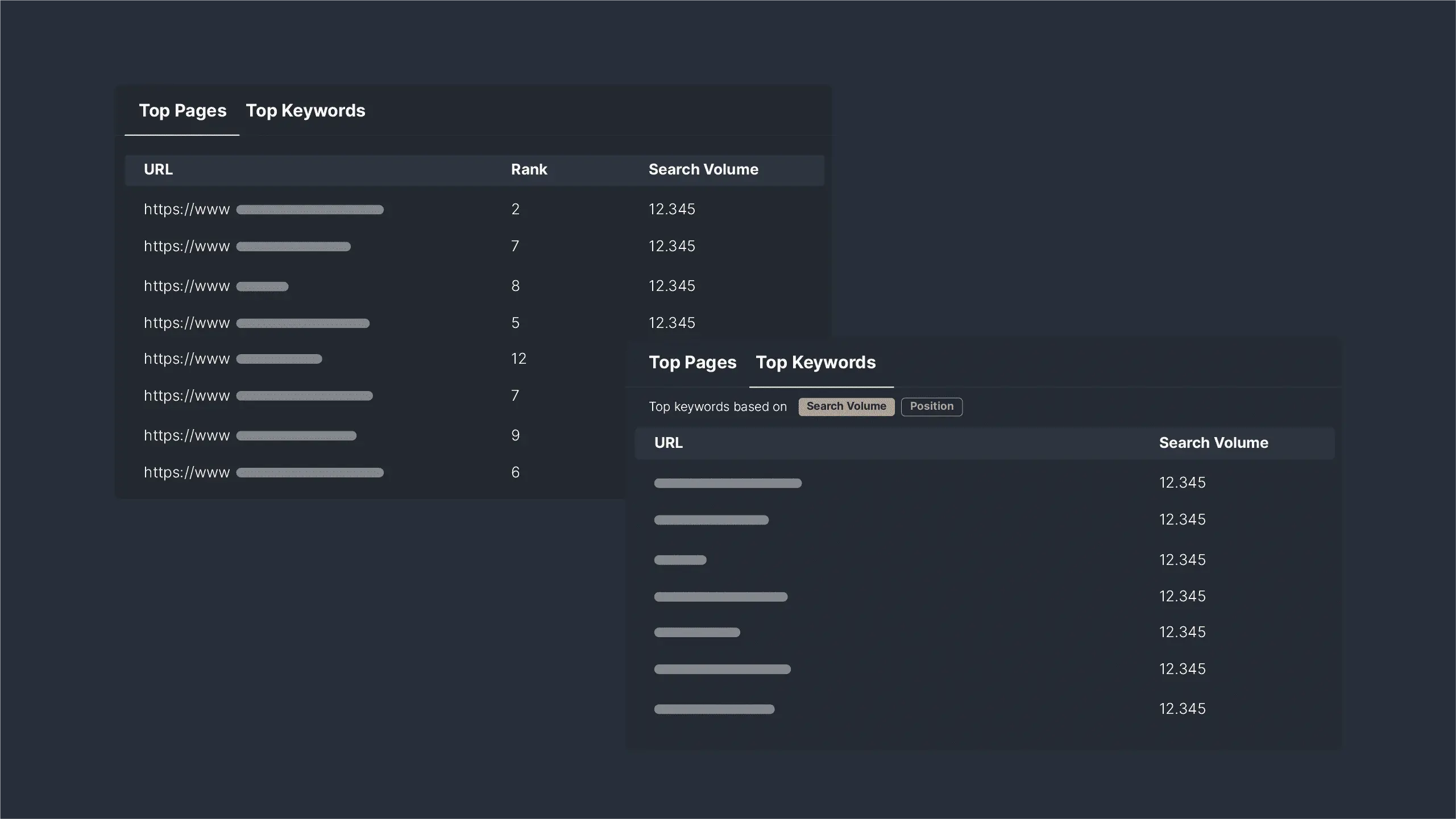Get to Know Google Ranking Volatility and How to Monitor It
Google's ranking is volatile and it can change unpredictably. This is quite common in the SEO world. However, you can always find a way to survive this phenomenon.
In this short article, we will learn more about Google ranking volatility starting from its basic understanding such as the definition, the reason, and how you can monitor it for your website ranking.
What Is Google Ranking Volatility?
Google ranking volatility refers to the degree of fluctuation or changes in the positions of a website's pages within the search engine results pages (SERPs) over a certain period. It indicates how much movement occurs in the rankings, with higher volatility suggesting more frequent and significant shifts in position.
Monitoring ranking volatility is crucial for SEO practitioners and website owners as it provides insights into the stability of a site's performance on Google.
Factors Contributing to Ranking Volatility
The phenomenon of volatility is caused by many factors that often change in the Google system. Below, we are listing some of the factors that contribute to the volatility of Google's ranking.
1. Algorithm Updates
Google regularly updates its search algorithms, and major updates can lead to significant shifts in rankings. Websites may experience volatility as a result of these algorithmic changes.
However, this might take time before it goes back to normal. Some algorithm changes rollout could significantly affect SERP volatility, and some do not. If the website is impacted by the search engine, they should review the content and start to look up Google guidance to get back to the higher-ranking
2. Competitive Landscape
Changes in competitors' strategies or the entry of new competitors can impact rankings. Increased competition often leads to higher volatility for search result positions. If this is the case, all you need to do is to improve the content and do competitor analysis to catch up.
3. Content Changes
Regularly updating or modifying content can influence how Google perceives the relevance and quality of a website. Content-related adjustments may contribute to ranking fluctuations.
4. User Behavior and Engagement
User engagement metrics, such as click-through rates and bounce rates, can influence rankings. Substantial changes in user behavior may contribute to ranking volatility.
Using the user behavior data, Google will redefine its ranking as it wants to satisfy the users' needs. Thus, they often change the algorithm and rules. The website owners should stay updated on the changes to survive the volatility.
How to Monitor Google Ranking Volatility
Knowing the ranking volatility of your target keywords is important to evaluate whether the content strategy is performing enough or not. Below are some ways to monitor the Google ranking volatility.
1. SEO Tools
Utilize SEO tools that provide ranking-tracking features. Sequence Stats can monitor your website's rankings over time and provide insights into volatility. This way, you should not stare at the SERP daily just to know the ranking of your targetted keyword.
Here is what it looks like in the day-by-day monitoring through Sequence Stats.
 |
|---|
| Picture 1 - Sequence Stats Keyword Rank Tracker. |
2. Ranking History
Keep a record of your website's ranking history. Regularly review historical ranking data to identify patterns, spikes, or unusual fluctuations. You can do it by opening the keyword detail in the Sequence Stats.
You will see the ranking history of your keywords from time to time.
 |
|---|
| Picture 2 - Keyword ranking history of a keyword in Sequence Stats. |
3. Alert Systems
Set up alerts within your SEO tools or Google Search Console to notify you of significant ranking changes. This allows for prompt investigation and response.
In Sequence Stats, there is one feature called SEO Concern which is able to show the rank drop of your keyword. Checking this issue will enable you to build an optimization step for that keyword quickly.
 |
|---|
| Picture 3 - SEO Concern about rank drop in Sequence Stats. |
4. Competitor Analysis
Monitor the rankings of key competitors. Understanding their movements in the SERPs can provide context for your ranking volatility. You can add your search competitor in the Domain Watchlist feature and get to know their top pages and keywords.
 |
|---|
| Picture 4 - Competitor's top keyword in Domain Watchlist. |
5. Regular Audits
Conduct regular SEO audits to assess on-page and off-page factors that could contribute to ranking volatility. Address issues promptly to maintain stability.
Schedule your regular audit using Sequence Stats Site Auditand get the complete report of your site health.
Conclusion
Monitoring Google ranking volatility is an integral part of effective SEO management. Understanding the factors that contribute to fluctuations and employing proactive monitoring strategies empowers website owners to respond swiftly to changes in the search landscape.
By staying vigilant and leveraging the right tools, you can navigate ranking volatility and optimize your website's performance for sustained success in the ever-evolving world of search engine optimization.
Don’t hesitate to use Sequence Stats as your helping tool in the search engine optimization tasks. You can register now and get a free trial!